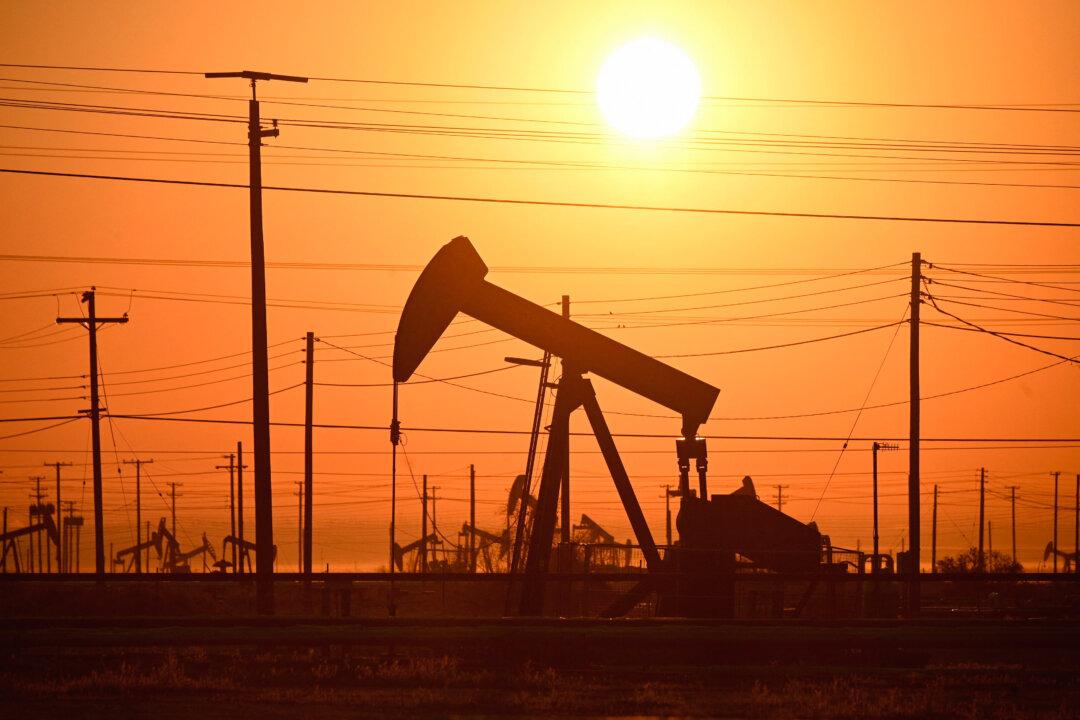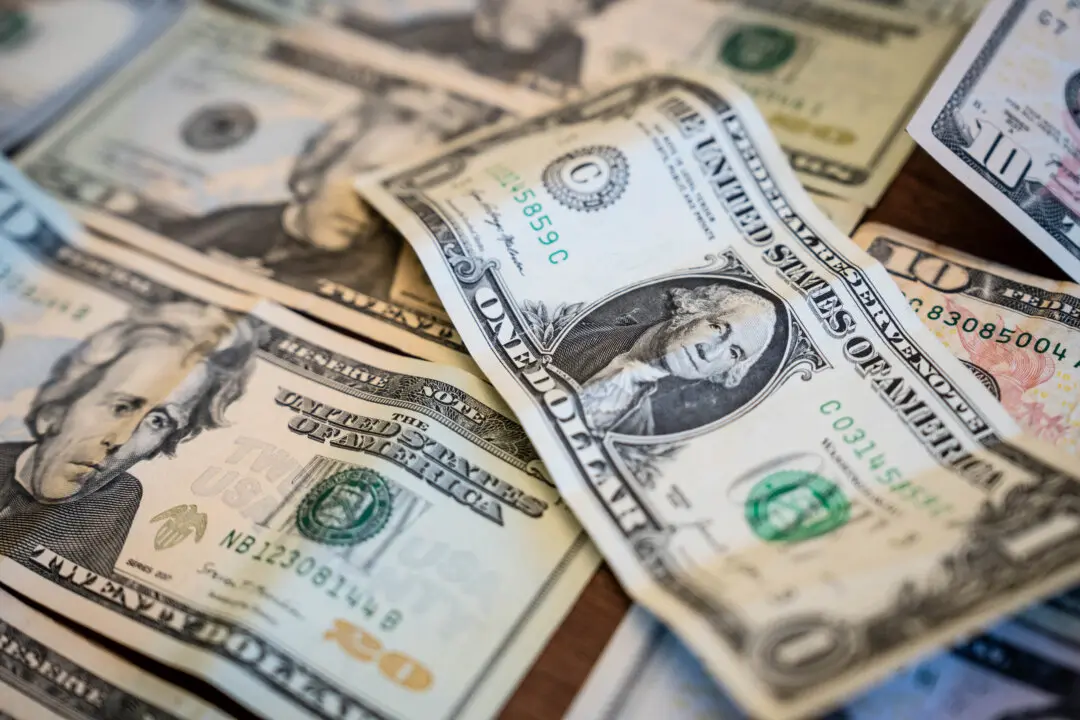Crude oil prices have ended 2022 close to where they started the year, despite a broad array of factors that disrupted global energy markets over the last 12 months.
West Texas Intermediate (WTI) crude oil rose 4.5 percent, to about $79 per barrel on the New York Mercantile Exchange in 2022. Brent, the international benchmark for oil prices, climbed roughly 8 percent, to around $84 per barrel on London’s ICE Futures exchange.





